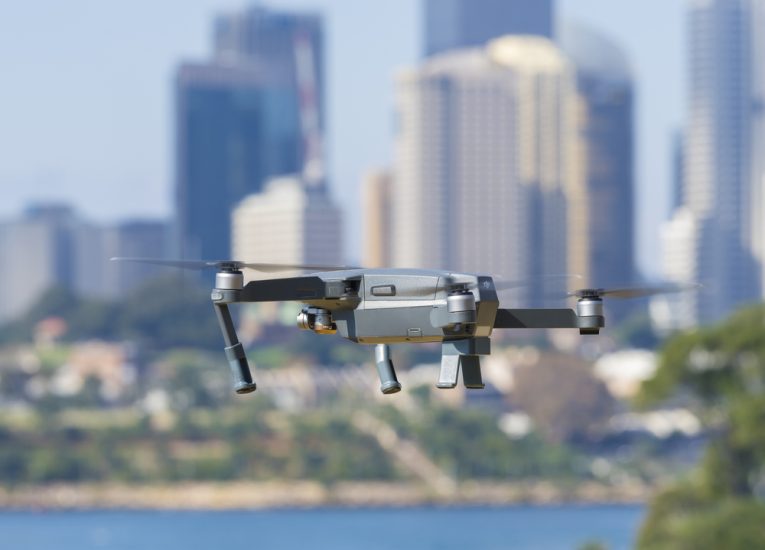Australia will reform the administration and management of its national airspace by 2030, which will include airspace arrangements that allow for the increased use of drones and other new aviation technologies, according to the government’s new Aviation White Paper. The document, released on August 26, includes 56 policy initiatives covering 10 key areas.
National airspace reform by 2030
The government will release a plan for the air traffic management of commercial drones and other uncrewed aircraft later this year. This Uncrewed Aircraft System Traffic Management Action Plan will outline steps to enable new types of air traffic management systems in Australia. In addition, the Australian government will produce a new Australian Airspace Policy Statement to replace the policy statement that came into effect in 2021. The new policy statement, also expected in 2024, will give clear direction to the Civil Aviation Safety Authority (CASA) on the government’s priorities for airspace management, including in relation to drones and other new technologies. CASA will subsequently prepare a new framework for Australian airspace in 2026. The Australian Future Airspace Framework will describe how classes of airspace will be implemented and administered across Australia. The government expects to update relevant airspace legislation by 2030 and says that these changes will give government agencies the powers they need to regulate airspace use safely. Additionally, new legislation will be introduced by 2030 to protect Australian communities, infrastructure and businesses from the security risks of drones and AAM.
Flight information management system to roll out in 2025
Australia will implement a new system to enable air traffic management to communicate electronically with drones and other uncrewed aircraft. Initial capabilities of the Flight Information Management System will roll out in 2025 to support the safe integration of drones into controlled airspace, with additional features added over time. The government will also “continue to work with industry on the introduction of Remote ID requirements for drones to improve safety and enable responsible and accountable drone use”. The government expects that legislation will be introduced and a mandate will be in place by 2030, subject to a regulatory impact analysis process.
Under a separate initiative, the government will expand requirements for aircraft to broadcast their location electronically. “By late 2025, the Australian Government will consider advice about a timetable for mandating ADS-B devices, while also extending subsidies for the purchase of ADS-B equipment until 2027,” the white paper states.
Advancing air mobility
The Australian government has already expanded the drones.gov.au website to provide a single point of reference for the emerging aviation technologies sector to access a wide range of government funding and procurement opportunities. Later this year, the government will release an Advanced Air Mobility (AAM) Strategy that provides long-term policy settings to encourage investment in the nascent sector. The white paper also notes a requirement for CASA to update its Strategic Regulatory Roadmap for drones and AAM in 2024, outlining the safety regulator’s strategic approach to working with industry to oversee the safe rollout of these new technologies.
The Australian government will also be consulting on regulatory amendments to manage noise impacts from AAM aircraft on communities as well as working with stakeholders to develop AAM infrastructure planning guidance to support the introduction of AAM.
For more information
Image: Shutterstock




